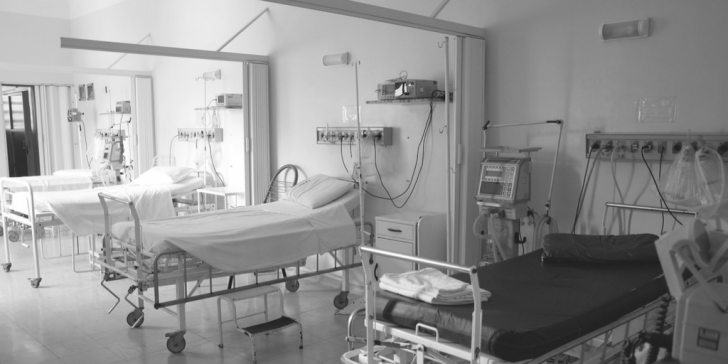
I recently moved house, and one of the numerous things I had to do after moving was register with a new GP.
I did this through the NHS Choices website, which gave me a list of my closest GP practices. It also set out some helpful stats about each practice to help me make an informed decision about which Primary Care team I want to be looking after my health for the immediate future.
This information included the distance from my house to the GP practice, a user rating, the number of registered patients at the practice, the percentage of patients who would recommend the surgery, whether they offer Patient Online services (electronic prescriptions, appointment booking and ordering repeat prescriptions), and – most importantly – whether they are currently accepting new patients.
Based on this information, I could see at a glance that out of the ten closest practices to me, seven were not accepting new patients. The nearest one accepting patients was over two miles away, and was flagged as being one of the worst performing in the local area, with the majority of reviews focusing on how difficult it is to get an appointment. Interestingly, it would take me the same amount of time to get to this practice as it would to get to my local acute hospital, which has a 24/7 minor injuries unit and a walk-in centre which I can access without having to make an appointment!
In total, there are 14 practices in my town serving approximately 110,000 people, with seven of the practices (50%) so full they cannot take any more patients. To add anyone else would make them unable to offer safe care to existing patients, especially to the increasing number of older patients with complex conditions. Anyone looking for a practice to register as a new patient is therefore in the same situation as I am – it might be difficult to find one, and they may have to travel out of their local area. This could cause problems for people with mobility issues, those who are frail and those who cannot easily afford or access transport.
It is therefore not surprising that there are a lot of people who are using the health and care system inappropriately, and are choosing to use A&E and Emergency Departments as a one-stop health clinic, rather than going to their GP practice. This correlates with some work IMPOWER carried out with NHS Sandwell and West Birmingham CCG around A&E attendees. Behavioural insights from this work included the following:
• On average, 3,000 people attend A&E each week within Sandwell and West Birmingham. Most leave without treatment or with very minor treatment
• Almost 20% of the total attendees made the decision the day before (or more than one day before) to go to A&E
• 52% of attendees interviewed made the decision to go straight to A&E without contacting their doctor, NHS 111 or any other professional alternative first
• 20% of the attendees interviewed last saw their GP over a year ago, indicating a low-level of GP engagement
• Nationally, nearly 40% of all A&E attendances are discharged with no follow-up.
If we continue to provide care in this way – by effectively forcing the hand of the public to inappropriately use A&E and EDs as extensions of Primary Care – then we are at risk of placing increasing demand on an already over-burdened hospital based urgent care provision.
So what is the solution?
The new models of care introduced by NHS England as part of the Five Year Forward View and the General Practice Forward View go some way to addressing the problem of GP accessibility and capacity.
We need to take into consideration the increasing pressures on general practice, in terms of the priorities around reducing bureaucracy and reshaping demand. It is thought “that around 27% of GP appointments could potentially be avoided if there was more coordinated working between GPs and hospitals, wider use of primary care staff, better use of technology to streamline administrative burdens, and system-wide changes”[1].
By managing demand more effectively, through more integrated and multi-disciplinary working, including better utilisation of voluntary and third sector non-clinical support, it should be possible to enable GPs to take on more patients, and therefore to prevent inappropriate use of the wider system.
An example of where this is working is the Robin Lane Medical Centre in Leeds, which has nine doctors, employs 50 people, has 13,000 registered patients – and is growing! It also has a wellbeing centre, café and 19 groups run by over 50 volunteer champions every week. By taking this new approach, the practice has seen no increase in demand for primary or secondary care consultations, despite registered patient lists increasing by 4,500 people.
It is important that we as patients and users of the health and care system support our GP practices to embrace new ways of working, as well as looking for alternative professionals and places to meet our health and wellbeing needs. If we all thought first about who is the best-placed person to meet our immediate need, then we might reduce the demand we each put on the system too. In turn, this may free up GP capacity sufficiently so that practices can increase their list size, and reduce the wider system demand pressures that the current lack of capacity is producing.
[1] ‘General Practice Forward View’, RCGP and NHS Health Education England, April 2016, p.27

